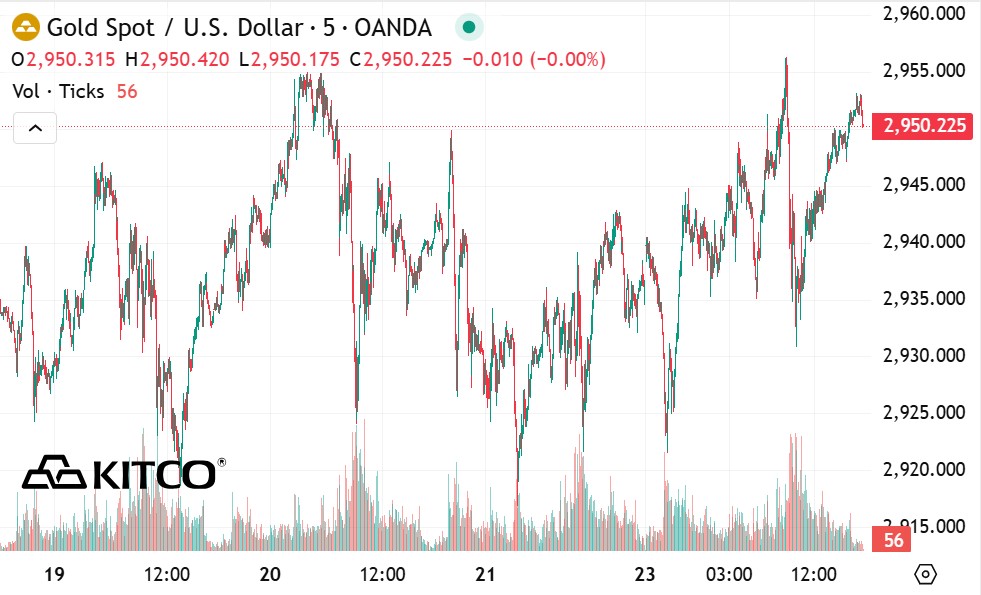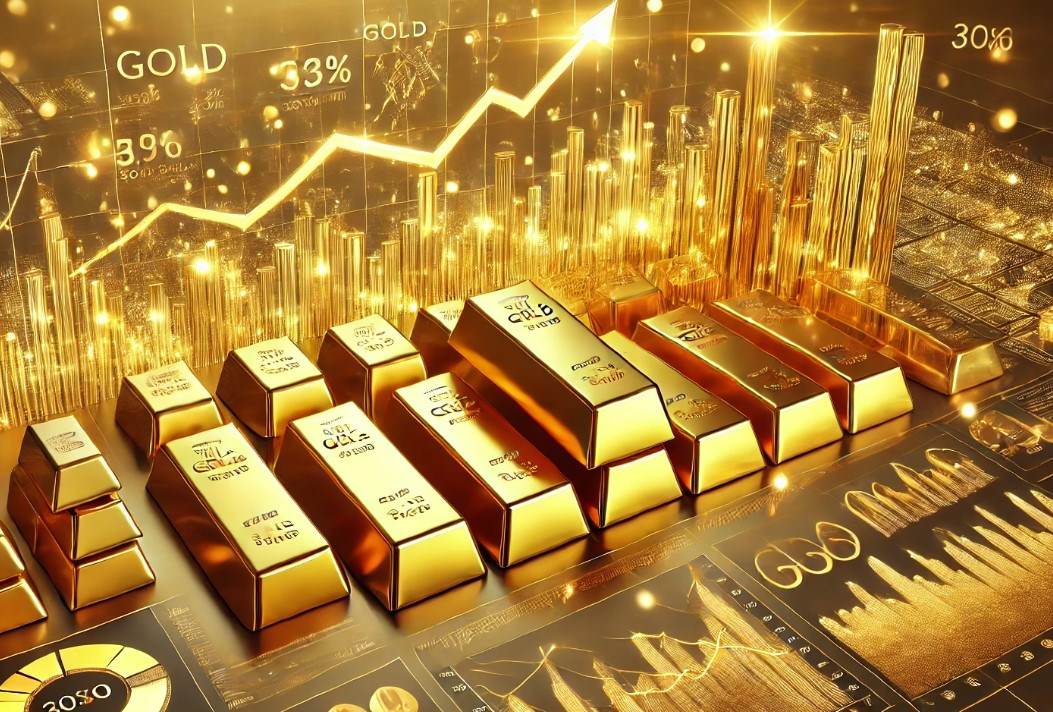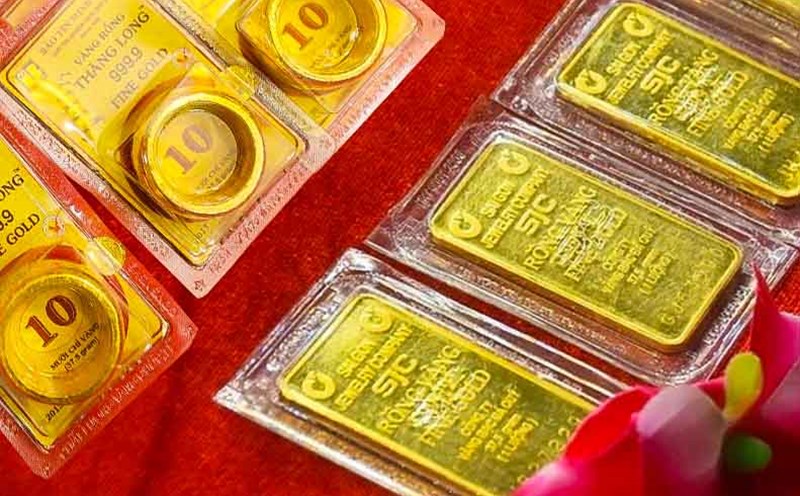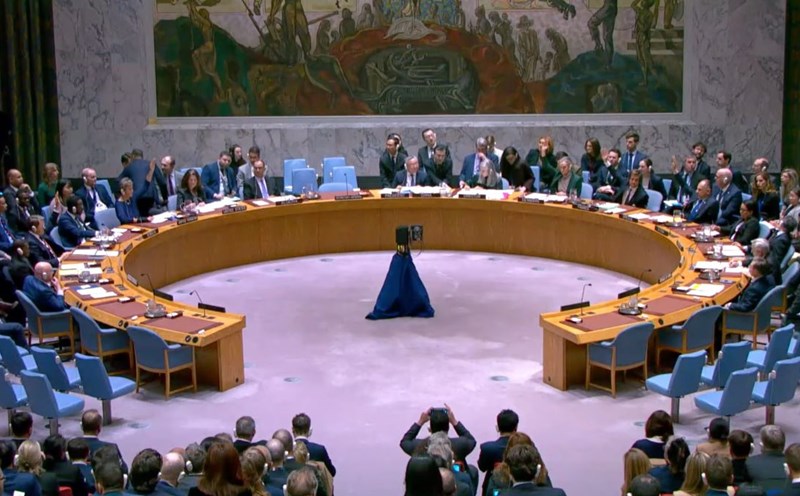Data from the World Gold Council shows that last week, North American-listed gold ETFs recorded inflows of up to 48 tons of gold, worth $4.6 billion. This is the biggest weekly gain since early April. Investment demand increased again as gold prices recorded the eighth consecutive week of increase and set a new record high.
The gold market continued to increase on Monday, reaching 2,956.31 USD/ounce just after 9:00 a.m. EST.

Some experts believe that it is only a matter of time before investment demand pushes gold prices to $3,000/ounce.
As of February 20, total holdings of gold ETFs reached 84.2 million ounces, the highest level since the beginning of 2024. It is not surprising if capital flows into gold ETFs continue to increase in 2025, especially if the US stock market is showing signs of correction and high interest rates continue to remain," said Mike McGlone - senior commodity strategist at Bloomberg Intelligence.
In a comment to Kitco News, Chris Mancini - Portfounder of Gabelli Gold Fund (GOLDX) - said that Western investors are pouring into gold ETFs to prevent economic risks or inflation due to the impact of tariffs. He also emphasized that investment demand still has room to continue to increase.
Gold is acting as a hedge against the depreciation of the US dollar and other currencies, he said. Tariffs could speed up this process as global commodity prices increase. In addition, if global central banks (including the US Federal Reserve - FED) cut interest rates or pump money to combat economic weakness, prices will tend to increase, making gold more attractive to investors".

History shows that gold prices often face difficulties in high-interest-rate environments due to the opportunity cost of non-interest-bearing assets.
However, gold has gained 12% in the first two months of 2024, even as the Fed announced it was in no rush to cut interest rates. Analysts say that although the FED will keep interest rates stable in the near future, inflationary pressures will continue to increase, causing real interest rates to fall.
Experts explain that the relationship between gold and interest rates and the USD has been broken because the market is being led by demand from central banks.
David Miller - Senior Portfolio Investment and Management Director at Catalyst Funds - commented: "The biggest factor pushing gold prices to $3,000/ounce is the strong buying activities of BRICS central banks. After the US and EU used the SWIFT payment system as a weapon in 2022 to freeze assets of the Russian Central Bank, other BRICS countries are no longer confident that the same will not happen to them if they take inappropriate action against the US and EU.
This has led to BRICS central banks net buying more than 1,000 tonnes of gold in both 2023 and 2024. Golds rally to $3,000 shows that gold is gradually replacing the USD as a new global reserve currency.
Although gold is still well supported, some experts warn that upward momentum is slowing, showing increasing correction risks.
Gold is overbought as it looks at the daily MacD. While the market may continue to be overbought or oversold for a long time, prices will eventually have to be adjusted, said David Morrison, senior analyst at Trade Nation, in a report on Monday. The correction could be a sharp and prolonged decline, or it could also be a period of accumulation, when prices move sideways within a certain range for technical indicators like MACD to return to a more reasonable level. Therefore, there are still many uncertainties for current gold prices.
However, despite the rising risks, Mancini stressed that investors should focus on the long-term trend: Gold prices heading towards the $3,000/ounce mark are showing that investors are realizing that owning a tangible asset can hold more value during times of geopolitical and economic uncertainty. This reflects the increasing instability in the context of geopolitics and the global economy.











